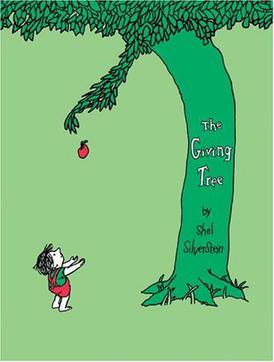I have spent a great deal of time studying Joy and Happiness in my own experience. Also, my job as a therapist is to comfort those in Pain and teach people to experience more Joy. In my journey I have learned 2 things so far:
-
People tend to run from Pain and hold tightly on to Joy.
- This causes problems.
So what then is a truer understanding of the relationship between Joy and Pain?
Joy and Pain are like two friends who latch arms and dance with one another.
I say Joy here instead of happiness because I mean to refer to deeper more lasting positive state. Sometimes we think of happiness as a state that characterizes brief and temporary bursts following a pleasurable experience. By Joy I hope to refer to a deeper state of contentment and satisfaction that includes the temporary bursts of pleasure as well as day to day contentment.
Pain can refer to physical or emotional Pain. These two types of Pain are experienced and cared for in very similar ways.
This image (of Joy and Pain as friends dancing with one another with arms latched together) expresses ideas about how the two relate to one another that I do not know how to express in words. I can say that friends do not run from one another, nor do they grasp on to one another too tightly. In my mind the two dancers remain connected at the arms as they constantly move together in unison. As I watch them move together, they switch places with one another. Sometimes I can only see one of them. Pain hides behind Joy but Pain is still there…Also Joy sometimes seems to hide behind Pain. However, I only must wait, and they will trade places again…always moving…sometimes more slowly and sometimes more quickly as the music changes.
My advice is to embrace, savor, revel, and rest in both friends’ presence moment by moment as you would if you were watching this breath taking interaction on a stage before you.


 together. When we care for others while also caring for ourselves in equal measure, our care tends to be of a higher quality allowing us to support the other for their long term benefit.
together. When we care for others while also caring for ourselves in equal measure, our care tends to be of a higher quality allowing us to support the other for their long term benefit.






